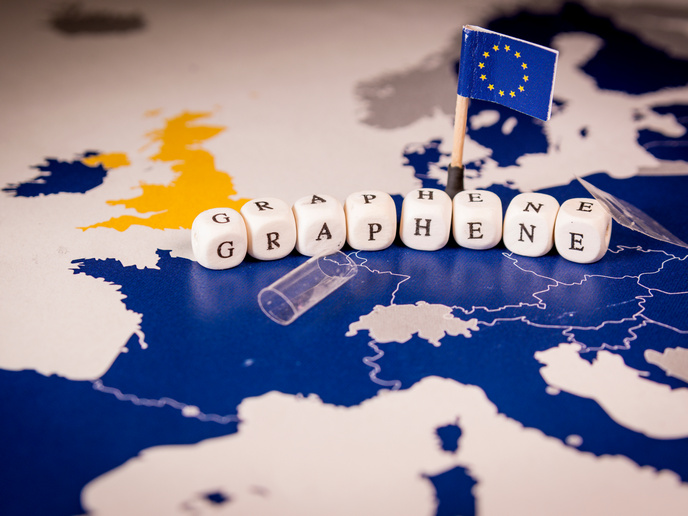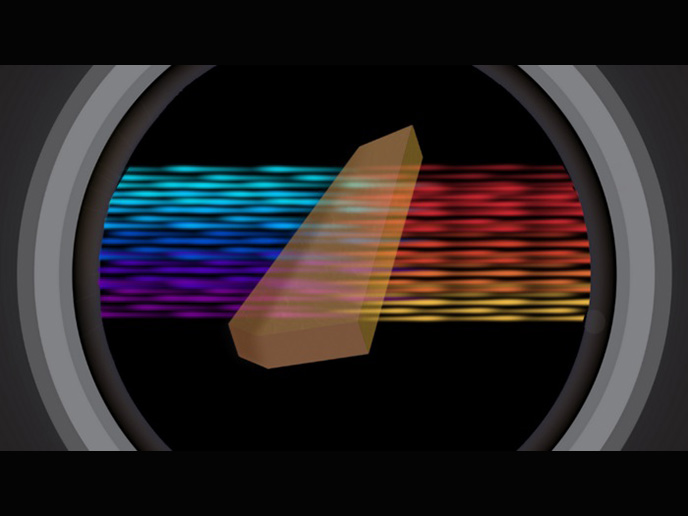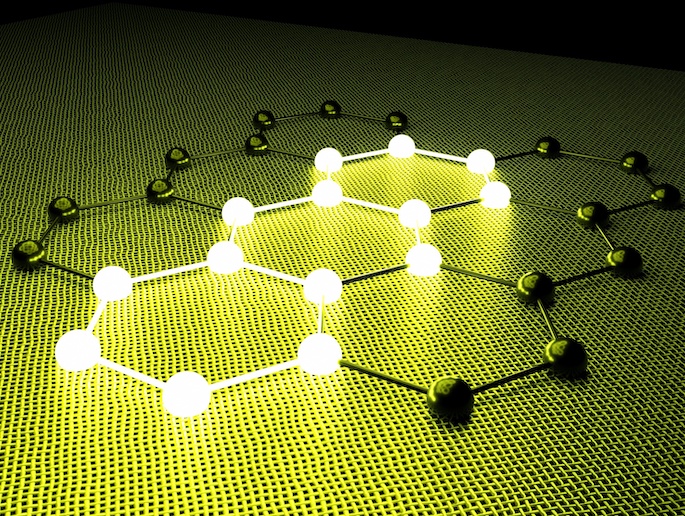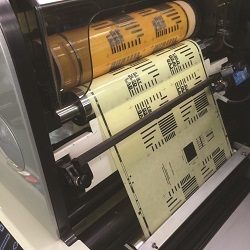Electrons in graphene can be stopped in their tracks
Graphene is a fundamental physical form of carbon with a hexagonal honeycomb structure. In this hexagonal arrangement, electrons move as if they have no mass. Electrons in graphene are called Dirac electrons because they follow the exact same equation as the massless particles that travel at the speed of light – photons. Their speed is about 300 times less than the speed of light, but still very large compared to other materials. Scientists initiated the HOWTOCONTROLGRAPHENE (Search for mechanisms to control massless electrons in graphene) project to gain control over electron flow as an electric field is incapable of stopping a massless electron. Scientists found that the structure edges of graphene can effectively control Dirac fermions. They concluded that just a single parameter can describe a large class of boundaries, determining the density of electronic states and the propagation speed along the edge. The single-parameter boundary condition provides an efficient alternative to microscopic computer calculations. Based on this, it is possible to predict the absence of intervalley scattering for a broad class of edge reconstructions and edge orientations. Edge states along graphene-superconductor interfaces can become superconductive, leading to spin currents without charge. This is an important finding since electrons with no mass flowing with no resistance in graphene could lead to innovative spintronics devices. Graphene reacting with atomic hydrogen can transform it into an insulator. Although the graphene derivative still retains the hexagonal lattice, its period becomes markedly shorter. In literature, there are conflicting results on whether or not random masses can localise Dirac fermions, turning graphene from a metal into an insulator. Scientists resolved this issue by comparing the behaviour of Dirac fermions in graphene and in topological insulators. Supported by computer simulations, results clearly showed that there is no metallic phase in graphene with a random mass. Bringing close Dirac fermions to a superconductor state can convert the former into a pair of Majorana fermions. These fermions are their own antiparticles unlike Dirac fermions. Scientists provided evidence for these elusive particles with "non-Abelian statistics", which can form ideal building blocks for a quantum computer.







